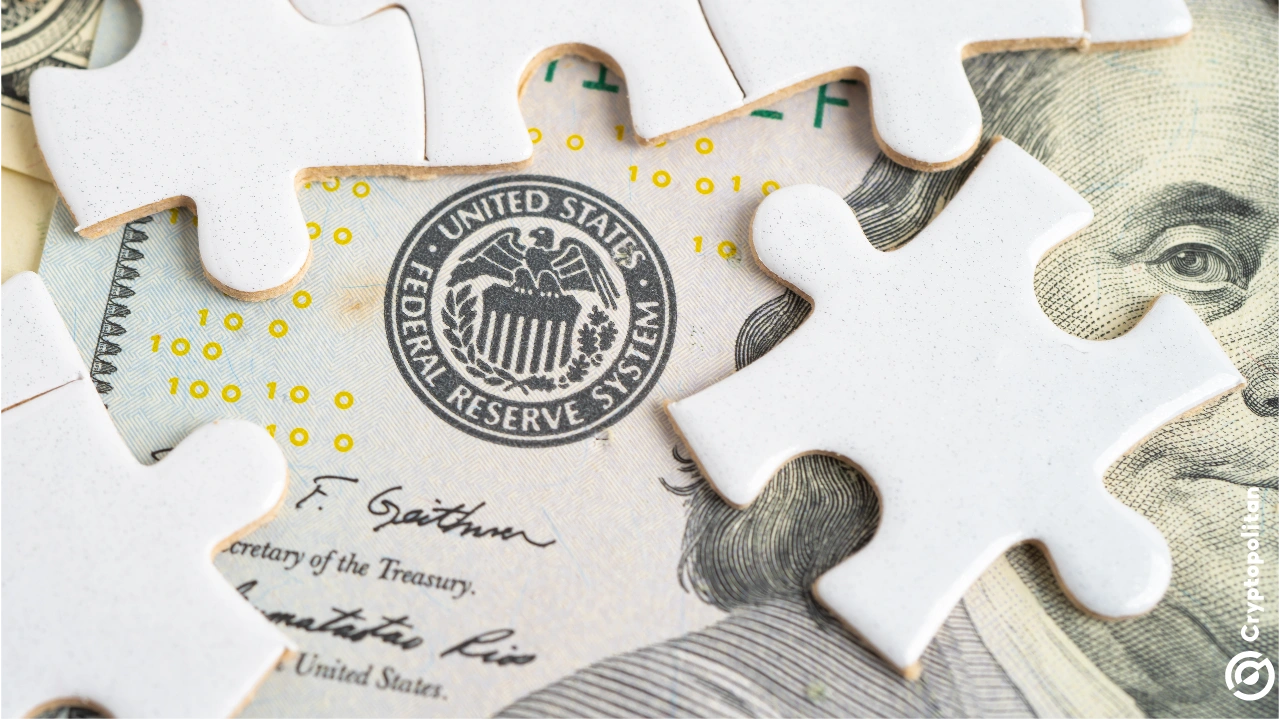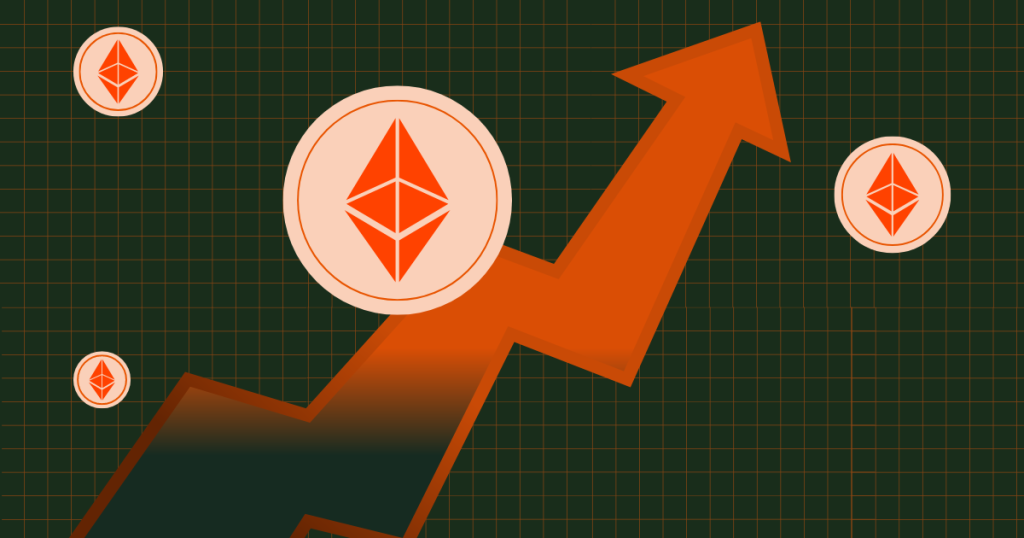The Federal Reserve’s November meeting minutes, scheduled for release today at 2 pm in Washington, have our markets on edge.
Traders are eager for clarity on whether the central bank plans to hit the brakes on its recent streak of interest rate cuts. As inflation crawls toward the 2% target and productivity defies years of stagnation, Fed policymakers are signaling that rate reductions could slow, but they’re not ruling anything out.
Chair Jerome Powell, Dallas Fed President Lorie Logan, and Governor Michelle Bowman have all hinted at caution, suggesting that the Fed is in no rush to slash rates further. But with one more meeting left this year, scheduled for December 17-18, nothing is set in stone.
As of now, bets for a quarter-point cut stand at 56%, a steep decline from the 80% probability projected before the Fed’s last move in November. If the Fed does cut, it would bring rates to a range of 4.25% to 4.5%, one of the fastest easing streaks outside a financial crisis since 2001.
The neutral rate dilemma
The Fed has long relied on the concept of a “neutral rate,” the level at which borrowing costs neither boost nor drag down the economy. But defining this rate has become increasingly messy. In theory, it serves as a compass for monetary policy, but the robust economic performance of the past two years has challenged old assumptions.
In September, the Fed’s median estimate for the neutral rate climbed to 2.9%, up from 2.5% just nine months earlier. Still, there’s no consensus. Recent forecasts show Fed officials are deeply divided: 12 policymakers place the neutral rate between 2.375% and 3%, while seven see it as high as 3.25% to 3.75%.
A December cut would push the federal funds rate closer to an investor-favored neutral proxy, currently pegged around 3.75%. Even with a full percentage point of easing since September, some officials believe rates remain restrictive.
That’s because demand continues to hold strong, defying expectations, and inflation isn’t exactly convincingly anchored near the Fed’s 2% goal, if you know what we mean.
Productivity surprises and inflation worries
Economic surprises keep rolling in. After years of sluggish growth, U.S. labor productivity has surged, giving policymakers another puzzle to solve. This sudden change could influence how the Fed thinks about inflation, wage growth, and its broader policy goals.
High productivity typically lowers inflationary pressure, but so far, price stability remains elusive. On inflation, Fed officials believe they’re making progress, but the job isn’t done. The Fed’s favorite inflation gauge, the personal consumption expenditures (PCE) price index, is due Wednesday.
The PCE will offer another critical snapshot of where prices stand. For now, inflation hovers above the 2% target, and policymakers are wary of declaring victory too soon.
Adding to the uncertainty is the incoming Republican administration, led by President Donald J. Trump. His economic proposals — ranging from tax cuts and deregulation to potential tariffs and immigration crackdowns — could upend the Fed’s supposed carefully crafted strategies.
Markets react ahead of the minutes
Bond markets are already moving ahead of the Fed’s minutes. As of early Tuesday, the yield on the 10-year Treasury note climbed to 4.302%, up nearly four basis points. The 2-year Treasury yield also rose, sitting at 4.278%.
Yields and bond prices move inversely, and even slight shifts hint at market jitters. Consumer confidence figures for November and new home sales data for October are also on deck.
These reports could offer more context on how households and the housing market are holding up under tighter financial conditions. The Fed’s minutes, however, remain the main event.
Meanwhile, Bitcoin fell 5.9% on Tuesday morning, dropping to $91,877 at press time. Ether, the second-biggest token, slid 4.4% to $3,301. Solana took a sharper hit, losing 9.8% and trading at $226.
The broader crypto market cap plunged $182 billion to $3.35 trillion. These moves follow weeks of volatility fueled by the U.S. presidential election. Bitcoin, still up 30% since Trump’s victory on November 5, remains buoyed by optimism around his pro-crypto stance.
But short-term sell-offs indicate profit-taking as traders recalibrate expectations. Trump’s win has energized the crypto community, with many expecting friendlier regulations under his administration.
SEC Chair Gary Gensler, a figure loathed by crypto insiders for his crackdown on the industry, will step down on January 20. Trump has promised to replace Gensler with someone more market-friendly.
Land a High-Paying Web3 Job in 90 Days: The Ultimate Roadmap





